Welcome to a country rich in historic heritage sites in Nepal. As you explore this enchanting land, you will be captivated by its historic heritage sites that trace back centuries of civilization. From the majestic Kathmandu Valley, with its UNESCO World Heritage Sites, to Lumbini, the birthplace of Lord Buddha, and the preserved Newari culture of Bhaktapur, Nepal offers a unique glimpse into its rich past. Immerse yourself in the beauty and significance of these sites as you unravel the story of Nepal’s glorious past.
Kathmandu Valley: UNESCO World Heritage Sites
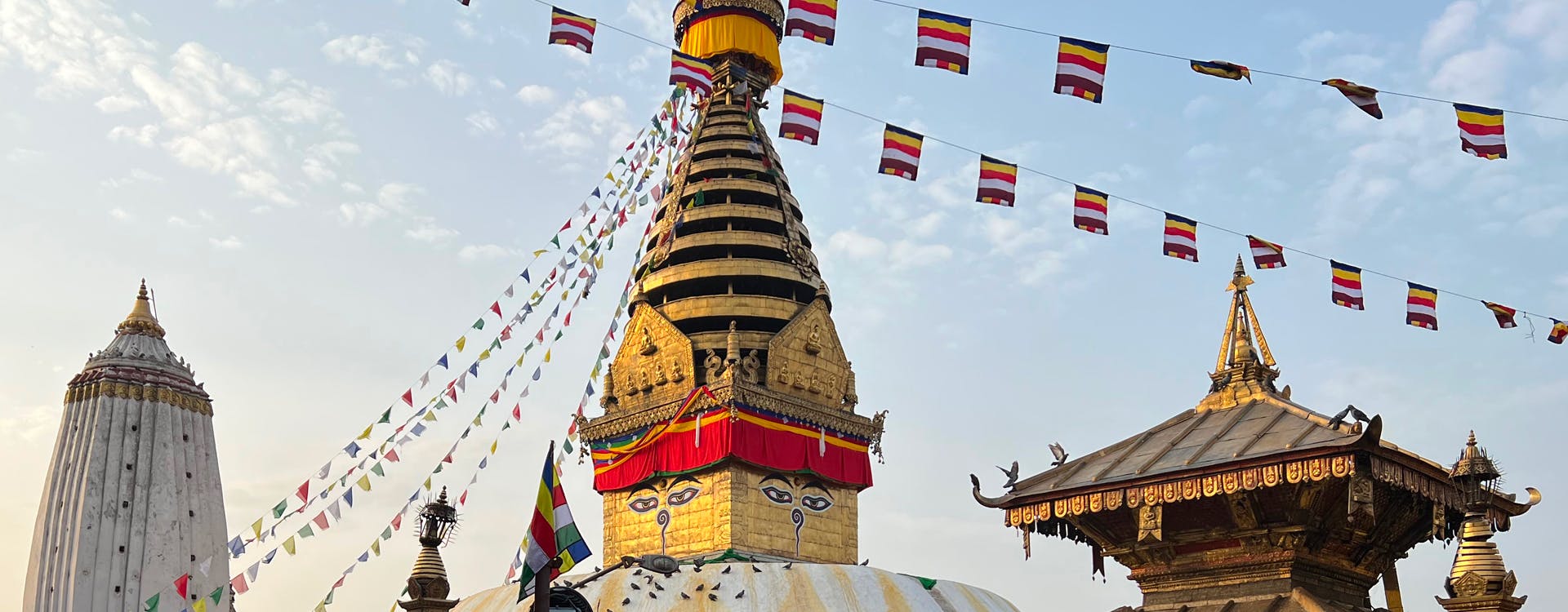
Immerse yourself in the cultural and historical wonders of Kathmandu Valley, home to several UNESCO World Heritage Sites. Kathmandu Durbar Square is a must-visit, with its intricate architecture and royal palaces. Explore Swayambhunath Stupa, a sacred Buddhist site with breathtaking views of the city. Don’t miss the Monkey Temple, known for its playful monkeys and sacredness. These sites display the rich history and architectural brilliance of Nepal, leaving you in awe of the country’s cultural heritage.
Kathmandu Durbar Square and its significance
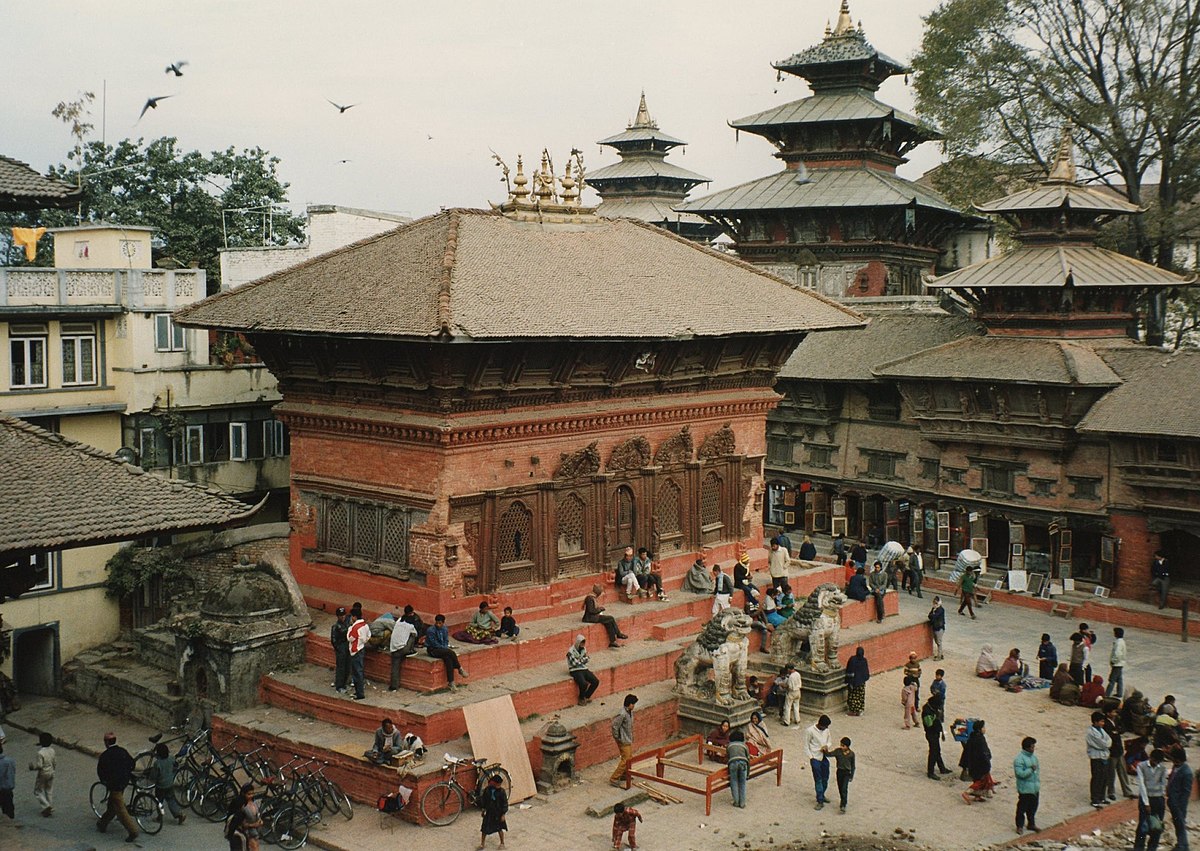
Kathmandu Durbar Square is a historical and cultural delight, bearing witness to the grandeur of past Nepali dynasties. As you wander through the square, you’ll encounter ancient palaces, intricately carved temples, and artistic masterpieces. This UNESCO World Heritage Site is a testament to the rich architectural and artistic heritage of Nepal. It was once the residence of the Nepali royal family and served as a venue for important ceremonies and festivals. Immerse yourself in the centuries-old history and marvel at the exquisite craftsmanship on display.
Swayambhunath Stupa

Perched on a hilltop overlooking the bustling city of Kathmandu, Swayambhunath Stupa is a prominent Buddhist pilgrimage site. Also known as the Monkey Temple, it is adorned with stunning prayer flags and a golden spire that glistens in the sunlight. As you climb the steps to reach the stupa, you’ll be greeted by mischievous monkeys, adding to the lively atmosphere. The stupa itself holds immense religious significance for Buddhists, who come here to pay their respects, spin prayer wheels, and soak in the spiritual ambiance. Don’t forget to take in the breathtaking panoramic views of the city from the top!
The Monkey Temple

When you visit Swayambhunath Stupa in Kathmandu, you’ll instantly understand why it’s also known as the Monkey Temple. As you ascend the steps to reach the stupa, playful monkeys will keep you company, adding a lively touch to the serene atmosphere. They scamper around, stealing snacks, and even interacting with visitors. Watching these mischievous creatures is a unique experience that adds to the charm of the temple. Just be sure to hold onto your belongings tightly, as they can be quite curious and agile!
Lumbini: Birthplace of Lord Buddha
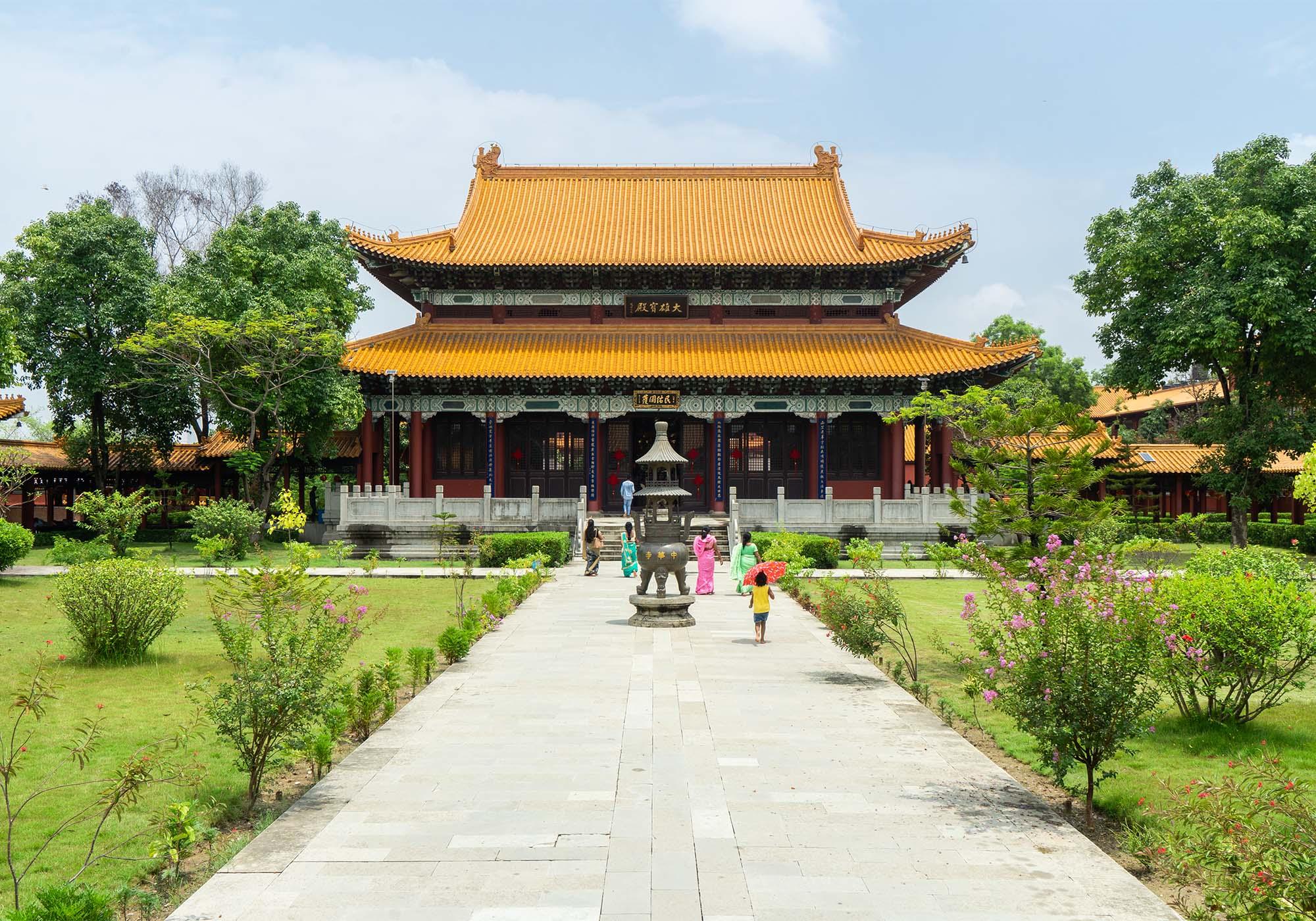
Lumbini, located in southern Nepal, holds immense significance as the birthplace of Lord Buddha. This sacred site draws Buddhist pilgrims from around the world who come to pay homage and seek spiritual enlightenment. The Mayadevi Temple stands at the exact spot where Queen Mayadevi gave birth to Siddhartha Gautam, who later became known as Buddha. The sacred garden surrounding the temple is a peaceful place for reflection, with ancient ruins and a variety of monastic zones. Lumbini is a place of reverence and tranquility, offering a glimpse into the life and teachings of Lord Buddha.
Lumbini and its archaeological importance

Lumbini holds immense archaeological importance as the birthplace of Lord Buddha. The site has been meticulously excavated, revealing artifacts that date back thousands of years. Archaeological evidence, such as the Ashoka Pillar inscription, confirms the historical significance of Lumbini. The discovery of ancient structures and relics provides valuable insights into the ancient civilization and the life of Lord Buddha. Visiting Lumbini allows you to witness the tangible remnants of the past and connect with the rich heritage of Buddhism.
Mayadevi Temple and the sacred garden
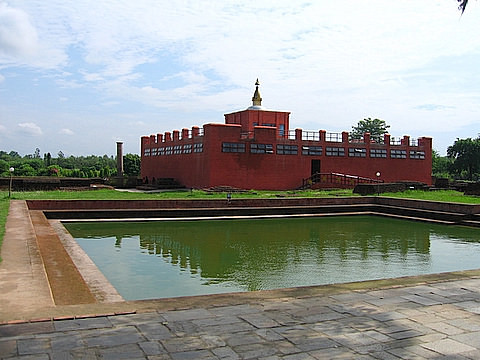
Mayadevi Temple is a sacred pilgrimage site in Lumbini, Nepal. It is believed to be the exact spot where Queen Mayadevi gave birth to Lord Buddha. The temple is an important center of worship for Buddhists from around the world. Adjacent to the temple is the Sacred Garden, a serene and beautiful place where visitors can meditate and reflect. The garden is home to various monuments and shrines, creating a peaceful atmosphere that truly embodies the teachings of Buddhism.
Bhaktapur: Preserving Newari Culture
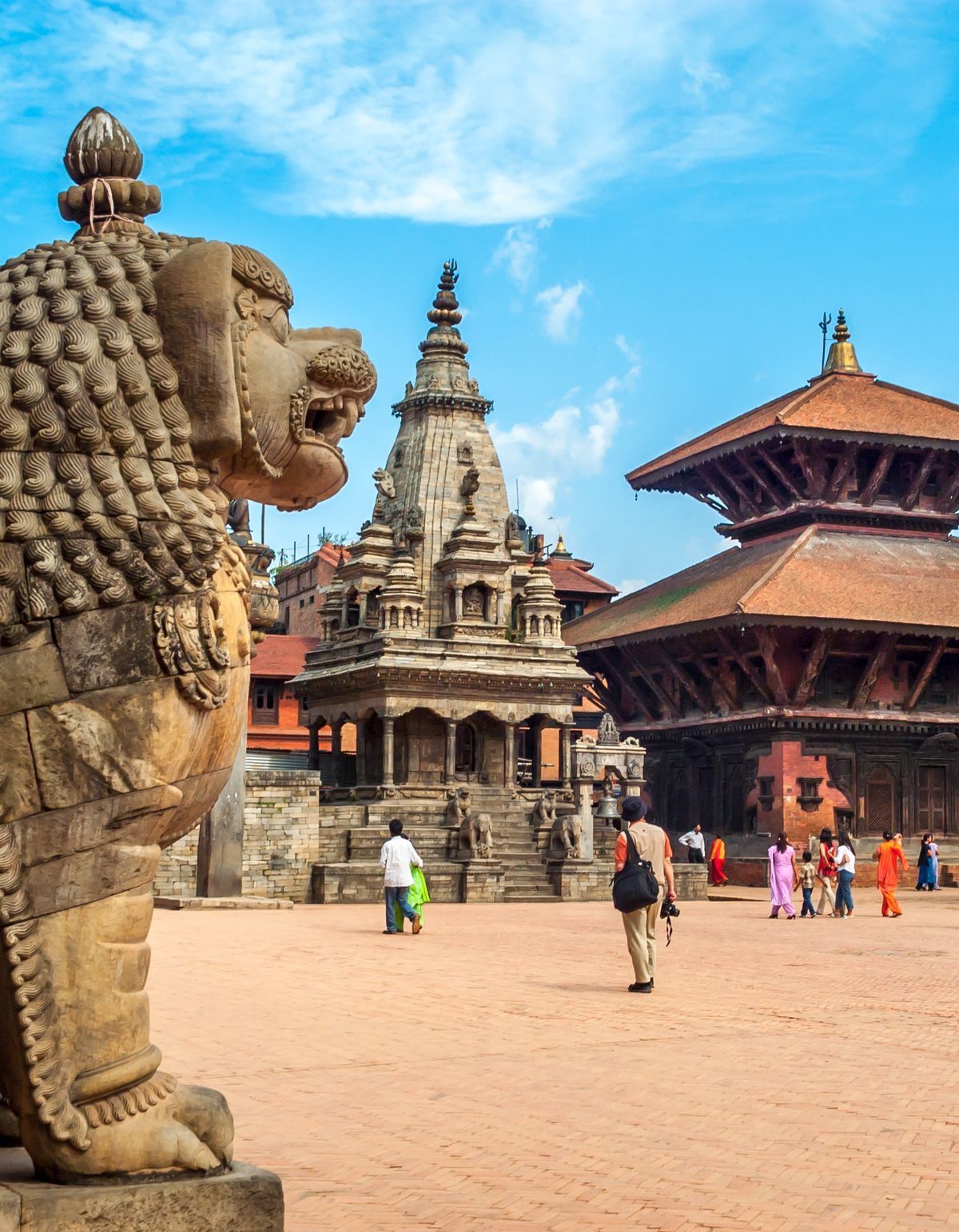
Bhaktapur, one of the three ancient cities in the Kathmandu Valley, is not only rich in historical richness but also a hub of Newari culture. The city’s Durbar Square is a testament to the artistry and craftsmanship of the Newari people. The intricately carved wooden structures and exquisite temples are a sight to behold. The Nyatapola Temple, in particular, is an architectural marvel and a symbol of Bhaktapur’s cultural heritage. The city is committed to preserving its Newari traditions, from its festivals and rituals to its traditional arts and crafts. Bhaktapur is a living museum that showcases the vibrant and diverse culture of the Newari people.
Bhaktapur Durbar Square and its historical richness

Bhaktapur Durbar Square is a treasure trove of historical richness. As you wander through the square, you will be transported back in time, surrounded by ancient palaces, temples, and buildings that reflect the grandeur of the Newari kingdom. The meticulously carved wooden structures, intricate stone sculptures, and stunning pagodas are a testament to the architectural brilliance of the Newari craftsmen. Each building in the square has its own unique story to tell, giving you a glimpse into the rich cultural heritage of Bhaktapur. The Durbar Square is not just a collection of buildings, but a living heritage that connects the present generation to its glorious past.
Nyatapola Temple
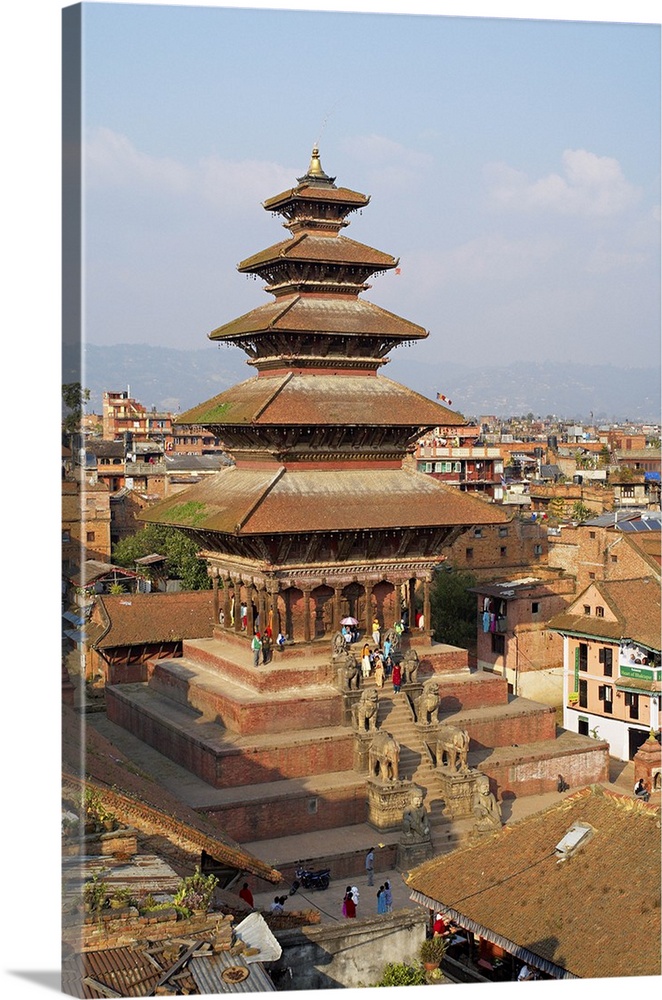
The Nyatapola Temple is one of the most iconic structures in Bhaktapur Durbar Square. Standing at a height of 30 meters, it is the tallest pagoda-style temple in Nepal. Built in the 18th century, this five-tiered temple is dedicated to the goddess Siddhi Lakshmi. Its name, “Nyatapola”, means “five tiers” in Newari. As you climb the steps leading up to the temple, you will be in awe of its grandeur and intricately designed facade. The Nyatapola Temple is a true architectural masterpiece that showcases the brilliance of Newari craftsmanship. Its sturdy foundation and impressive proportions make it a symbol of strength and stability, standing strong in the face of time.
An architectural marvel
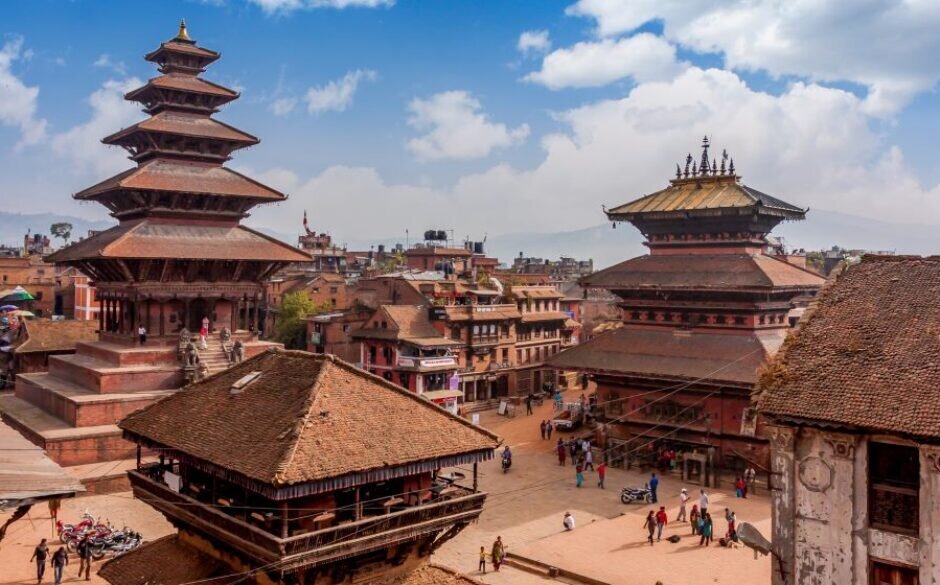
Standing tall at a height of 30 meters, the Nyatapola Temple in Bhaktapur Durbar Square is a true architectural marvel. With its five-tiered pagoda-style structure and intricately designed facade, it displays the brilliance of Newari craftsmanship. As you climb the steps leading up to the temple, you will be captivated by its grandeur and the attention to detail in its construction. The Nyatapola Temple is a testament to the architectural prowess of ancient Nepal and a sight that will leave you in awe of its beauty.
Chitwan National Park: Rich in Biodiversity

Chitwan National Park is a treasure trove of biodiversity, offering a remarkable experience for nature enthusiasts. As you explore the park, you will encounter a diverse range of wildlife, including the endangered one-horned rhinoceros, Royal Bengal tigers, and various species of birds. The park’s conservation efforts have helped protect these species and their habitats, ensuring their survival for generations to come. With its lush greenery, tranquil rivers, and abundant wildlife, Chitwan National Park is a must-visit destination for any nature lover.
Chitwan National Park and its conservation efforts
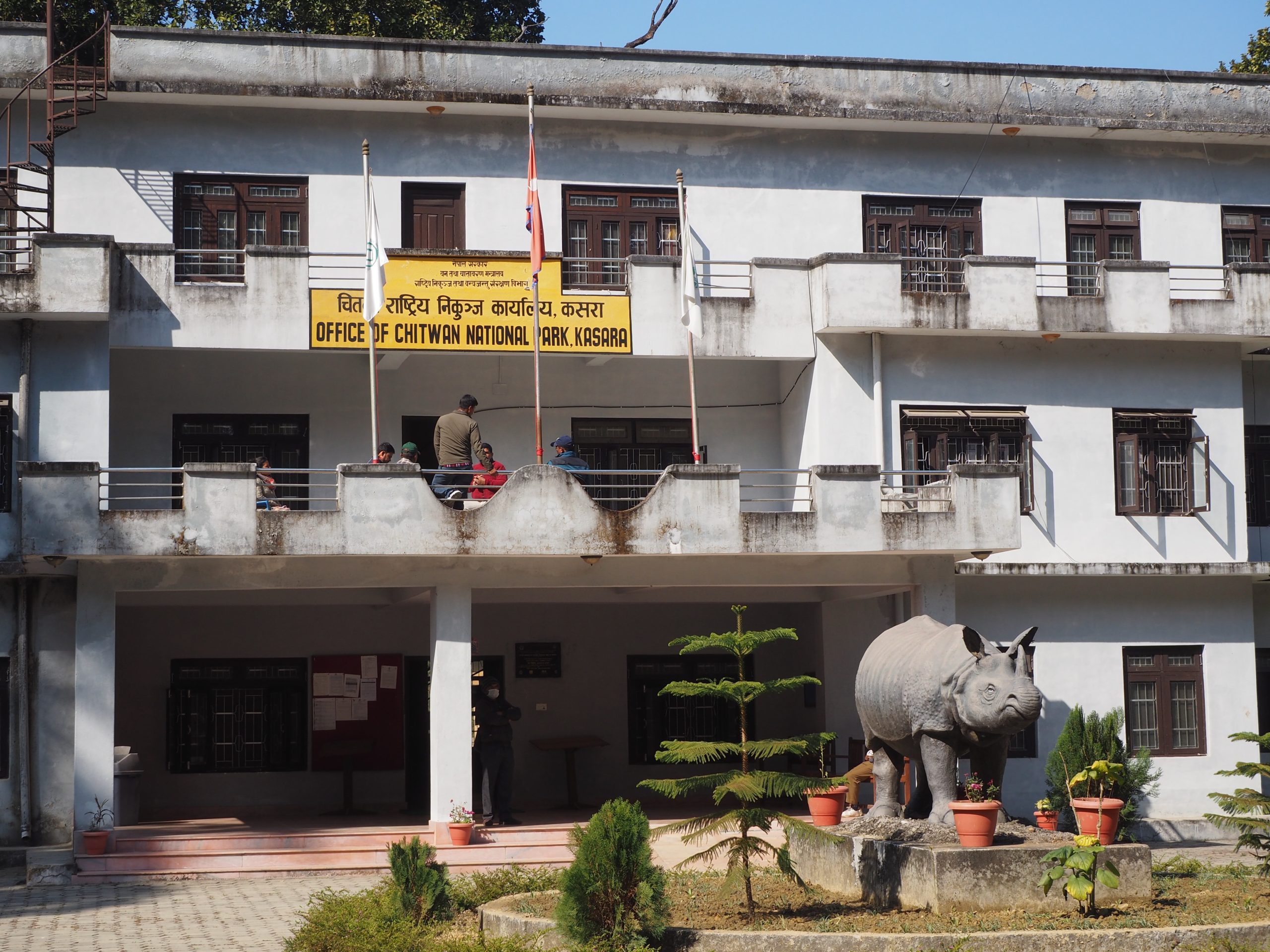
Chitwan National Park, located in Nepal, is renowned for its conservation efforts to protect the rich biodiversity of the area. The park has implemented various measures to safeguard endangered species like the one-horned rhinoceros and Royal Bengal tigers. These efforts include anti-poaching patrols, habitat restoration, and community engagement in conservation initiatives. Through these proactive strategies, Chitwan National Park strives to ensure the survival and sustainability of its remarkable wildlife for future generations to enjoy and cherish. By visiting the park, you contribute to these conservation efforts and help preserve this biodiverse treasure.
Ecosystems in Chitwan

Chitwan National Park is home to a diverse range of ecosystems, making it a haven for wildlife. The park encompasses grasslands, wetlands, and dense forests, creating a perfect habitat for a wide variety of species. The grasslands provide grazing grounds for herbivores like deer and rhinos, while the wetlands are teeming with water-loving creatures like crocodiles and birds. The forests harbor an array of flora and fauna, including the elusive Royal Bengal tiger and the endangered Asian elephant. Exploring these unique ecosystems in Chitwan offers you a chance to witness the interconnectedness of nature and the beauty of biodiversity.
From grasslands to wetlands
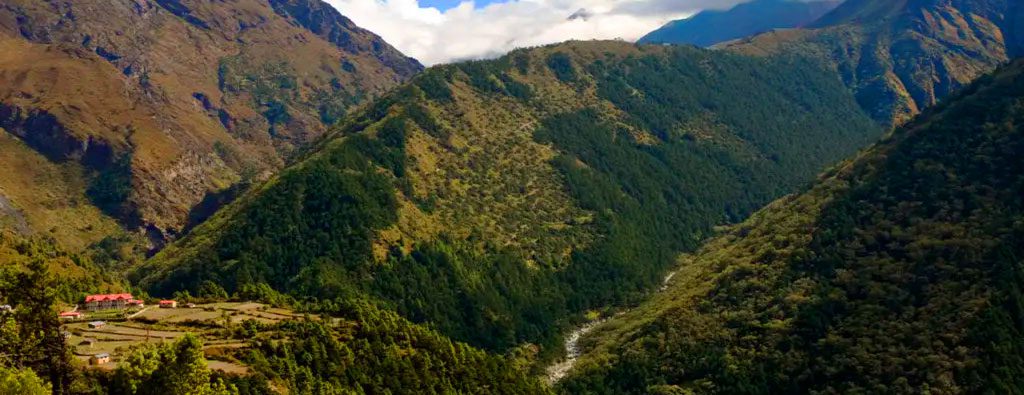
Chitwan National Park is a treasure trove of diverse ecosystems, ranging from vast grasslands to lush wetlands. As you explore the park, you will witness the breathtaking beauty of the grasslands, where herds of grazing herbivores, such as deer and rhinos, roam freely. The wetlands, on the other hand, teem with life as crocodiles bask in the sun and colorful birds flit among the water lilies. The transition from grasslands to wetlands is a remarkable sight that showcases the intricate balance of nature’s interconnectedness.
Sagarmatha National Park: Home of Mount Everest

Located in northeastern Nepal, Sagarmatha National Park is a natural wonder and home to the majestic Mount Everest, the highest peak in the world. As you explore the park, you will be mesmerized by the breathtaking beauty of the Himalayas, with their snow-capped peaks and rugged terrain. The park is also home to a diverse range of Himalayan flora and fauna, including rare species like the snow leopard and red panda. Trekking through this park offers an unforgettable experience, allowing you to immerse yourself in the stunning landscapes and rich Sherpa culture of the region.
Sagarmatha National Park and its natural wonders
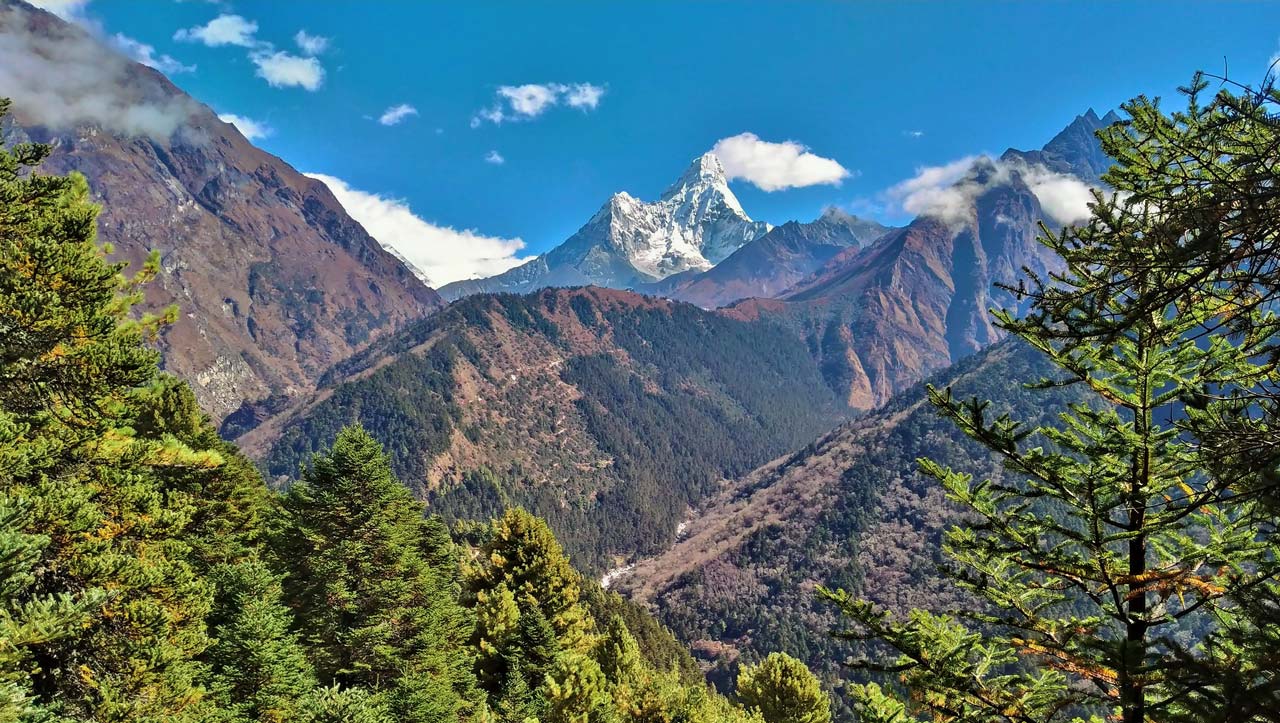
Located in northeastern Nepal, Sagarmatha National Park is a haven for nature enthusiasts. As you enter the park, you will be awestruck by the breathtaking beauty of its natural wonders. The towering peaks of the Himalayas, including the legendary Mount Everest, dominate the landscape. The park is adorned with shimmering glaciers, pristine lakes, and lush valleys, creating a picture-perfect setting. The wildlife in Sagarmatha National Park is equally impressive, with rare species like the elusive snow leopard and the adorable red panda calling this place their home. Immerse yourself in the wonders of nature as you explore this remarkable national park.
Trekking routes and Sherpa culture

When it comes to trekking in Nepal, Sagarmatha National Park offers some of the most breathtaking and challenging routes. The most popular trek in this region is the Everest Base Camp trek, where you can witness the mighty Mount Everest up close. Along the way, you will be immersed in the unique Sherpa culture, known for their mountaineering skills and warm hospitality. The Sherpas, with their rich traditions and beliefs, play an essential role in making this trek a truly memorable experience.
Conclusion
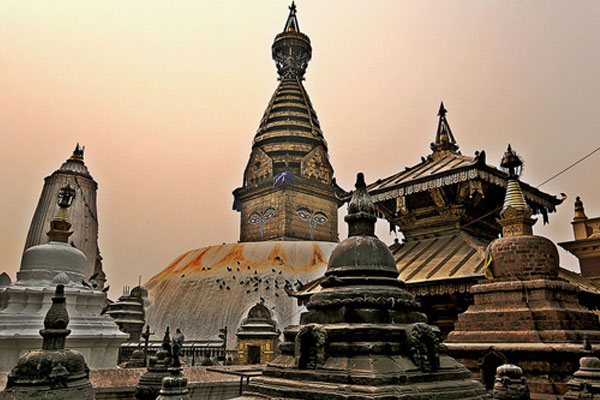
Nepal’s historic heritage sites are a testament to the rich cultural and archaeological significance of this country. From the UNESCO World Heritage Sites in the Kathmandu Valley to the birthplace of Lord Buddha in Lumbini, each site tells a unique story of centuries-old civilizations. The preservation and conservation of these sites face ongoing challenges, but their importance cannot be overstated. By visiting and appreciating these sites, we contribute to the preservation of Nepal’s vibrant cultural heritage for future generations to enjoy.
Significance of Nepal’s historic heritage sites

Nepal’s historic heritage sites hold immense significance not only for the country but also for the world. These sites are a living testament to the rich cultural and archaeological heritage of Nepal, tracing back centuries of civilization. They provide a window into the past, offering valuable insights into the traditions, beliefs, and architectural marvels of ancient civilizations. By preserving and appreciating these sites, we honor our shared human history and contribute to the cultural diversity and understanding of our global community.
Preservation challenges and Historic Heritage Sites in Nepal

Preserving Nepal’s historic heritage sites is not without its challenges. The country faces issues such as natural disasters, urbanization, and inadequate funding for conservation and maintenance. Efforts are underway to address these challenges, including increased government support and international collaborations. The future prospects for these sites are promising, with ongoing restoration projects and a growing interest in sustainable tourism. It is crucial for both the government and local communities to continue their dedication to safeguarding these sites for future generations to appreciate and cherish.
For More Blogs visit Hillw
